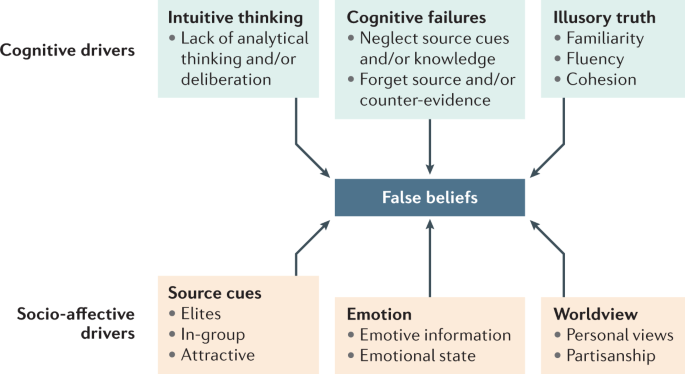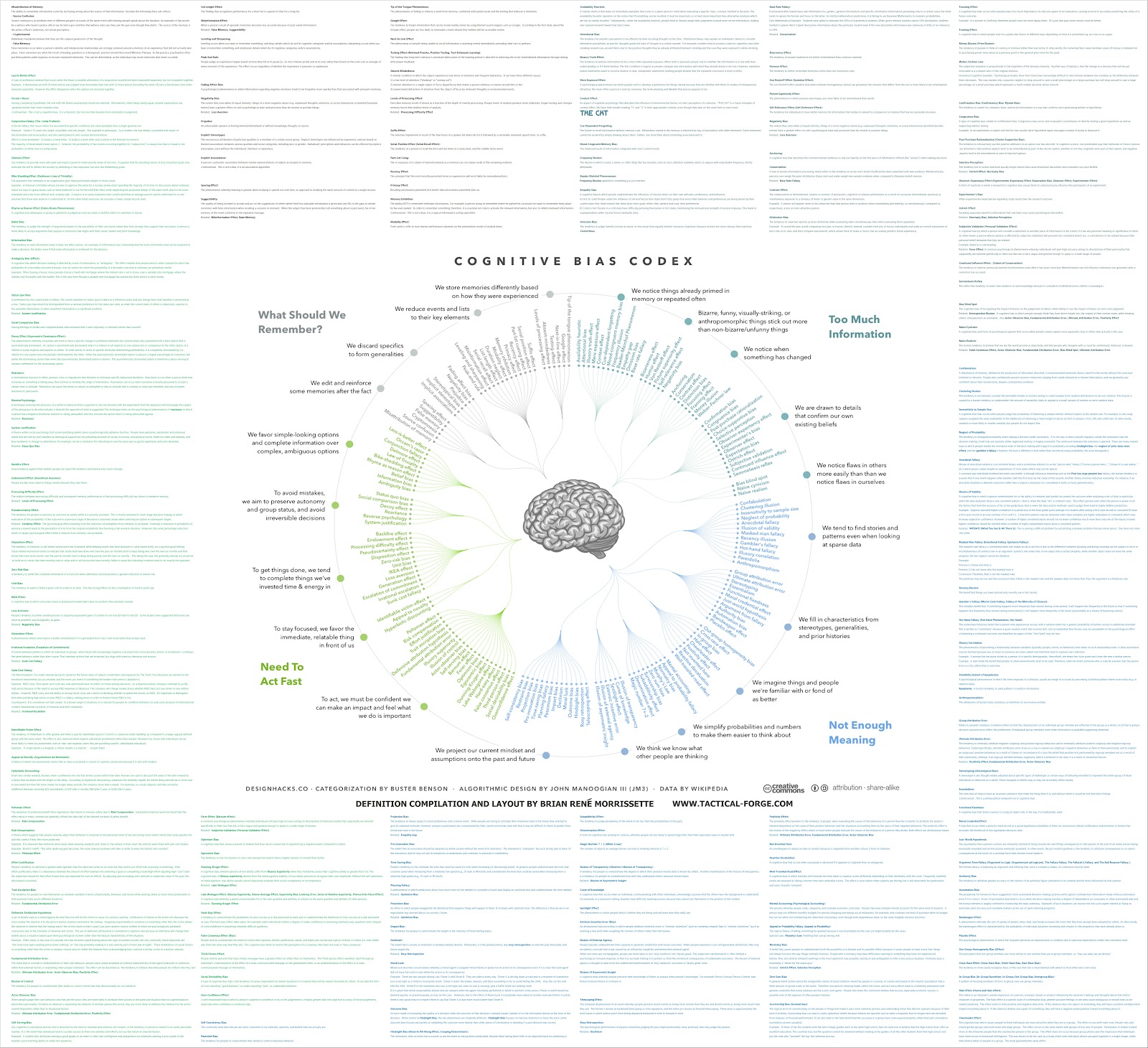The day after
My assessments was F for DJT (as expected, mostly lies, slanders and irrational crackpottery), D for the moderators (they let DJT interrupt, gave him significantly more time than Harris and they did not always fact check DJT's blatant lies) and C for Harris. The main MSNBC politics crew apparently would have given Harris and the moderators an A and DJT an F. Faux News (Hannity, JD Vance, JFK Jr would have given Harris and the "far left" moderators an F and DJT an A. Faux said Harris lied constantly, e.g., about fracking, confiscating guns and defunding the police.
Those assessments aside, what really mattered was the reaction of undecided voters. Some initial polling indicated that 63% said Harris won and 37% said DJT won. If that polling holds up in the next couple of weeks, then maybe my assessment was wrong, particularly about the effectiveness of Harris' performance. I tried to look at the debate from the point of view of an undecided voter, something I may do not understand very well. From there Harris looked mediocre to me. But maybe to others, she looked pretty good and/or DJT looked mostly like the radical freak liar he has been since 2016.
NYT commentary: For two undecided voters: Bob and Sharon Reed, both 77-year-old retired teachers who live on a farm in central Pennsylvania, had high hopes for the debate between Ms. Harris and former President Donald Trump. They thought that they would come away with a candidate to support in November. But, Ms. Reed said, “It was all disappointing.” .... But not all voters, especially those undecided few who could sway the election, were effusive about the vice president’s performance.
WaPo reporting: Rep. Byron Donalds (R-Fla.) praised Trump’s debate performance in the spin room following it. But he also acknowledged some skill on Harris’s part. “What we learned tonight is that Kamala Harris is actually probably pretty good at needling people,” he said. .... [commentary like the following is what reflected my reactions in giving Harris a C] As the debate went on, Harris continued to do just that. She described herself as a “middle-class kid raised by a hardworking mother,” and as someone who, unlike Trump, knows “not everybody got handed $400 million on a silver platter and then filed bankruptcy six times.” And she repurposed Trump’s signature line from his signature show, “The Apprentice,” to rebut his repeated false claim that the 2020 election was stolen. “Donald Trump was fired by 81 million people,” she said. “So let’s be clear about that. And clearly he is having a very difficult time processing that.” [maybe that kind line by Harris was more effective than I initially thought]
A WaPo swing state poll: In the first presidential debate between Vice President Kamala Harris and former president Donald Trump, The Washington Post tried something new: We asked a group of uncommitted, swing-state voters in real time about their reactions to Tuesday’s debate. They thought Harris performed better, regardless of how they plan to vote in November.
So again, my assessment of Harris' performance seems to have underestimated her.
The day of the debate
Continue this chat tomorrow.
At ~15 min: So far Harris is doing badly responding to DJT. DJT is flinging tons of lies and BS at her but she is having a hard time directly responding. She just can't get her footing. DJT is winning so far.
At ~20 min DJT spews horrific lies about abortion. Harris finally says DJT is telling lies. Finally. Harris finally attaches DJT with Project 2025. DJT responds with blatant lies about his policy and what "Americans wanted." DJT calls Harris a liar, then launches into another blast of lies. Harris' comeback is OK but not that impressive. She forgets that most Americans want a national law to protect abortion. DJT keeps saying (lying) Americans want to decide at the state level.
At ~26 min Harris talks about being a prosecutor and immigrants and drugs coming over the border. She argues that DJT killed the Republican border bill, but her attack is mediocre at best. DJT responds with blatant lies about Harris' rallies and his crowd sizes. He blamed Dems for the border mess, ignoring the fact that he killed the border bill. DJT says illegals are eating dogs and cats in Springfield OH, which is totally insane and not supported by facts. DJT says people say that on TV. Harris' response to that blast of lies and crackpottery is again mediocre at best -- she is off point. In response, DJT blithers about him firing people, but Biden didn't fire anyone and he lies about getting more votes than presidential candidate ever. DJT's lies are just overwhelming Harris.
At ~34 min DJT lies and says Harris is letting foreign criminals into the US and US crime is "through the roof." All lies. Now DJT is lying to one of the moderators, who are doing a piss poor job of calling out DJT's lies. Harris points out all of DJT's crimes. DJT responds he is winning in court and the lawsuits against him are all political and Biden-inspired and bogus. That's another blast of blatant lies. Harris hits back citing DJT's comments about cancelling the constitution. DJT interrupts and says he "took a bullet to the head" because of Harris and Biden.
At ~42 min DJT lies about his "many, many" billions of dollars he made. DJT accuses Harris of defund the police and DJT tells her to shut up, she shuts up. DJT lies about fracking and criminals, blaming Harris and Dems and lying about her policies and destroying America. DJT blithers about the size of solar farms, when they are tiny in terms of US land mass. DJT then lies about illegal immigrants killing people and not being prosecuted. DJT lies about Pelosi being responsible for the 1/6 coup attempt. Harris counters saying DJT fomented the 1/6 attack and he was impeached for it, but then she goes into Chrarlottesville and the 'fine people on each side' thing.
At this point, personal frustration with the weakness of Harris' responses is getting hard to contain. I hope I misread this, but DJT is clearly winning with blatant lies and slanders that Harris cannot effectively rebut.
At ~51 min DJT denies losing the 2020 election and his prior comment "lost by a whisker" was sarcasm. Again, DJT just blasts out lies and nobody can counter him in this stupid ABC debate format. DJT is steamrolling both Harris and the moderators. Harris' response is mediocre at best. She just cannot land a solid punch. DJT hits back citing Hungary's dictator Viktor Orban as a smart leader who thinks the world wants DJT to be president because DJT is respected and feared. DJT attacks Harris' run in 2020.
At ~57 min the Israel mess is asked about. Harris responds, calls for ceasefire and a 2-state solution, but will always arm Israel -- rebuild Gaza. DJT responds saying the war would never have started if he was in office. Then DJT slanders Harris saying she hates Israel and the Arab populations too. He blames everything bad in the Middle East on Harris-Biden. Harris says she does not hate Israel and comments, including some comments about Ukraine and North Korea -- mediocre. Harris still does not have the guts to call DJT a dictator. DJT barges in and blithers lies about crime and the gross incompetence and weakness of Biden and the Dems.
At ~70 min DJT blithers about Ukraine -- claims the war will be settled before he is sworn into office if he is re-elected because he knows how to get the job done. Harris can't respond because DJT interrupts. Harris then gets a chance to respond and again her response seems to be too soft -- she gets into details and it just isn't working. Then, finally Harris starts to hits DJT harder. DJT responds with blither and a whopper lie that Harris was sent to negotiate with Putin and Zalenski about the Ukraine war. Harris calls that a lie, which is it.
The "moderators" keep letting DJT interrupt.
I can't watch this any more. I'll pick this up here again tomorrow.













